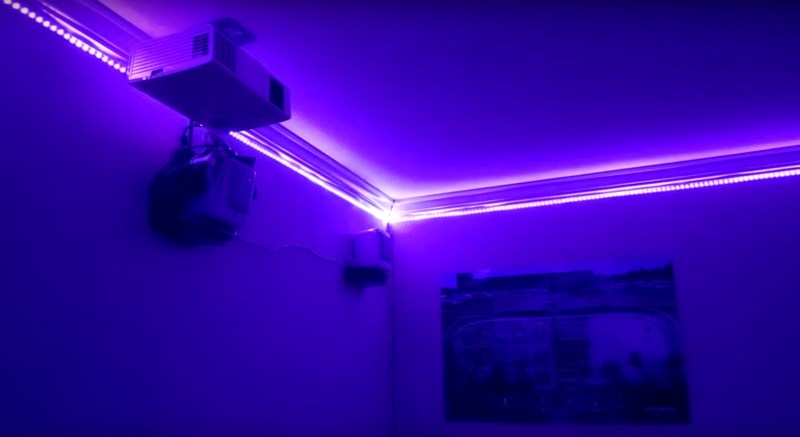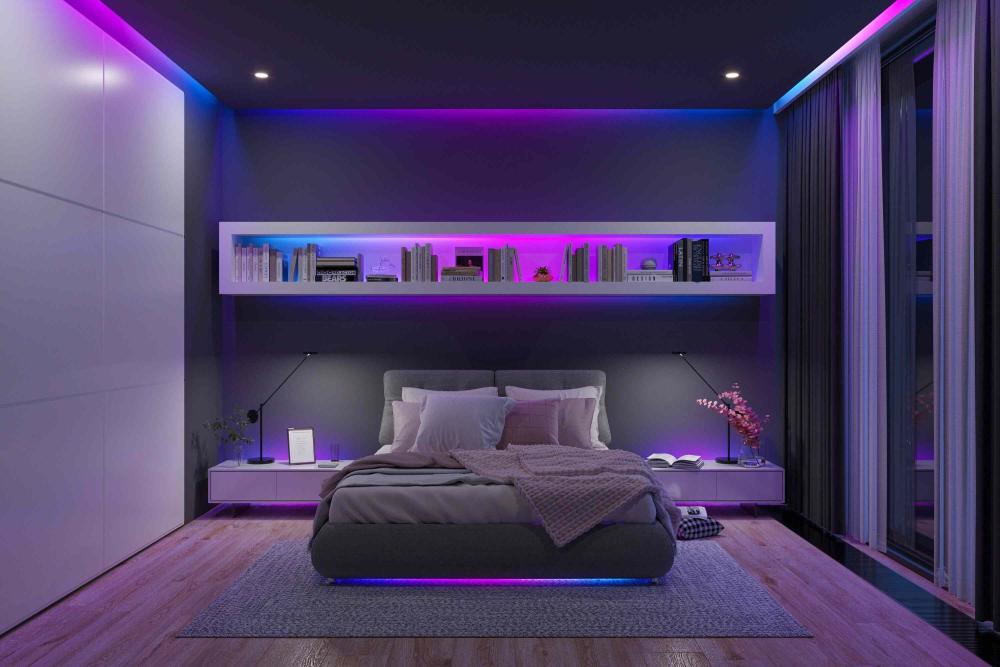Antwort What are the cons of having LED lights in your room? Weitere Antworten – What is the disadvantage of LED light
Disadvantages of LED Lighting
The cost to manufacture LEDs are higher and therefore, LED's are more expensive to purchase than incandescent or fluorescent lights. However, as discussed above, the cost savings generated by LED's over time and their longer lifespan will help recover and compensate for their higher costs.LED lights boast both safety and environmental benefits. They are devoid of harmful substances like lead and mercury, emit no ultraviolet or infrared rays, and are ecologically friendly. The advanced LED technology eradicates glare and flickering, addressing the visual fatigue that traditional lights often induce.LEDs deal with heat much differently than other bulbs. They use a heat sink to draw heat away from the diodes, as excessive heat can cause the bulb to fail. This problem is exacerbated when an LED light is installed in a ventless enclosed fixture.
Is it safe to sleep with LED lights : It is well known that exposure to blue light can negatively affect sleep quality. Babies and children are also negatively affected by blue and white light before bed. Furthermore, cool color LEDs such as blue and green enhance focus and inhibit melatonin production.
What are the two disadvantages of LED
Disadvantages: The LEDs performance largely depends on the ambient temperature of the thermal management properties or the operating environment also. LEDs must be supplied with a voltage which is above their threshold voltage, and current below their rating.
Are LED lights a good idea : The light-emitting diode (LED) is today's most energy-efficient and rapidly developing lighting technology. Quality LED light bulbs last longer, are more durable, and offer comparable or better light quality than other types of lighting.
While other light bulbs can get extremely hot when you turn them on, LED lights usually only get slightly warm, if at all (they may even feel cold to the touch). It is because LEDs use less energy than other bulbs, which means they don't waste as much energy producing unnecessary heat.
LED light does NOT contain harmful UV rays, which are damaging to the skin and linked to skin cancer, therefore LED facial treatments are considered safe and are cleared by the FDA.
Is it okay to use LED light everyday
LED light therapy is proven to be a very safe treatment. Unlike many other skincare treatments, LED light therapy is suitable for all skin types and colours. It doesn't contain UV light and therefore does not burn the skin. It's safe to use regularly; regular use is even encouraged to achieve best results.LED light bulbs can last up to 20 times longer than standard forms of lighting such as incandescent bulbs or halogen bulbs, which has a very positive effect on the environment. The fact that LEDs last longer means that fewer bulbs need to be produced, and conversely they do not need to be replaced as often.Among the visible light spectrum, blue wavelengths have the most powerful effect on your sleep-wake internal body clock. Both natural and artificial blue light can boost your alertness and mental sharpness. But too much of it may keep you awake when your body needs to wind down. Block out light to get good sleep.
Blue light therapy is the most effective for anxiety and other mood disorders. This treatment aims to correct both physiological and psychological imbalances. When the body is stressed, blue light can effectively calm it. Blue light has the most energy of any color in the electromagnetic spectrum.
What is the negative positive of LED : LED polarity
This means that LEDs (and other diodes) have positive (+) and negative (-) sides to them. For an LED to work it needs to be connected to a voltage source with the correct side. The voltage supply side of the diode is the positive (+) side, this is called the anode. The negative side is called the cathode.
Why not use LED : Vehicle LED lights, particularly daylight running lights and headlights, can be a source of glare. They might also produce more glare when it is foggy. Glare occurs when light is scattered in the eye and it is more common when light sources emit high levels of blue light.
Do LED lights attract bugs
Because most LED lights don't emit UV light or generate a lot of heat, they tend attract very few insects. Insects are attracted to light. However, LED light gives off less heat, and also emits the wrong colours of the visible light spectrum, resulting in less insects being attracted to them.
Why does it get hot in my room with the lights on – Quora. Lights and light fixtures are basically electric space heaters that have a useful byproduct: visible light. Even the best LEDs available give off 90 percent sensible heat (emitted as both infrared light and heated air) and ten percent visible light.A 2019 report by The French Agency for Food, Environment and Occupational Health and Safety (ANSES) found the blue light emitted from LEDs can harm the human eye. Blue light, common in LED devices, has a phototoxic effect. This means repeated exposure can make our skin and eyes extremely sensitive to light.
Are LED lights OK for skin : People with any skin type and color can use LED light therapy. LED light therapy doesn't use ultraviolet (UV) light, so it doesn't cause damage or burns to your skin.





